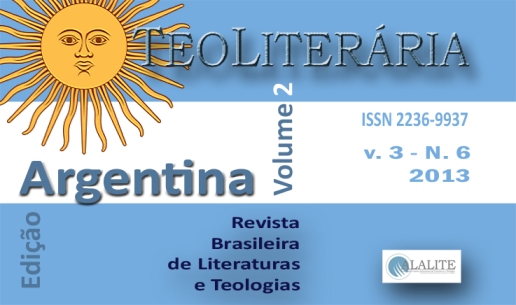The language of the body and the senses as theophany in the theological work of Hildegard of Bingen
DOI:
https://doi.org/10.19143/2236-9937.2016v3n6p92-123Abstract
Since the creation of man in the image and likeness of God, Hildegard of Bingen (XII c.) wants to show the concept of the body as God's image within the eternal plan of the Incarnation of the divine Word, and dignity this gives the human body. In this image, the Abbess of Bingen refers to the senses, with a language that uses all the expressive richness of the senses -and their affective resonance- broadens and deepens the scope of the "World's sensory feedback", culminating in an elevation to divine transcendence. Extends dilating, because "the senses are like the height and width of the human dimension"; deepens because, "as well as the Act has been made for the salvation of man, and the prophets manifest the secrets of God, so sensitivity of man away from him as he is harmful, and discover the intimacy of his soul. "Finally, given a transcendent dimension because the senses are, in the words of the Abbess of Bingen," the signs of the omnipotence of God [...] ". "Glittering gems," says Hugo of St. Victor, referring to the senses; "five stones, brighter than the sun and the stars" Hildegard of Bingen celebrated.Downloads
Published
2013-12-15
How to Cite
Fraboschi, A. A. (2013). The language of the body and the senses as theophany in the theological work of Hildegard of Bingen. TEOLITERARIA - Revista De Literaturas E Teologias, 3(6), 92–123. https://doi.org/10.19143/2236-9937.2016v3n6p92-123
Issue
Section
Artigos Temáticos


